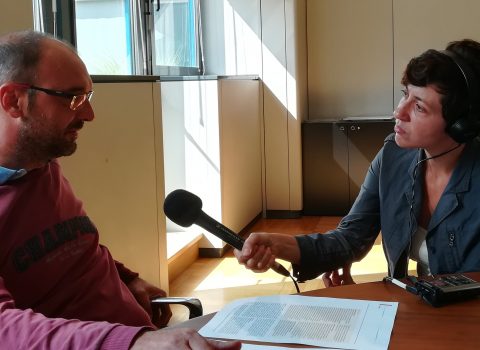Pandemic: prevention and early intervention strategies
The prestigious scientific journal Proceedings of the National Academy of Sciences (PNAS) has published the article "Measurability of the epidemic reproduction number in data-driven contact networks". FBK researchers Stefano Merler and Marco Ajelli are among the authors
The flu virus, in particular a new pandemic strain, can be transmitted to a much higher number of people, and ultimately spread much faster in the population, at the beginning of the epidemic than previously predicted by traditional theory.
The causes for this acceleration are to be found in the structure of contacts between individuals (with how many people we come in contact in a day, for how long, where), or rather in the substantial differences of these structures based on each individual. For example, children usually come in contact with many other children at school, where they spend most of their time. Conversely, the elderly spend their time mainly with a small group of people, typically in a family environment. These differences mean that, at the beginning of the epidemic, the virus can spread very rapidly in environments characterized by a high number of contacts between individuals. For example, this is the reason why schools can act as an initial amplifier of the epidemic transmission.
The fact that all individuals tend to meet the same group of people every day can make the epidemic transmission decelerate as quickly as possible once the possible transmission between children in schools has been exhausted. This is also a result that contradicts traditional theory.
These results – says Stefano Merler – which we validated by analyzing retrospectively the 2009 influenza pandemic, the so-called swine flu, are important for two reasons: the first is that they can help develop a new generation of mathematical models to more accurately predict the trend of a future flu pandemic. And this is the first step to adequately manage a serious health emergency such as that derived from the emergence of a new influenza strain. The second is that these results can have an immediate impact on the pandemic preparedness plans, providing useful indications on the timing of implementation of some actions, such as school closures. In fact, these could be very useful if implemented at the beginning of the epidemic, losing effectiveness if implemented later on.


